SUMMARY
This is AI generated summarization, which may have errors. For context, always refer to the full article.
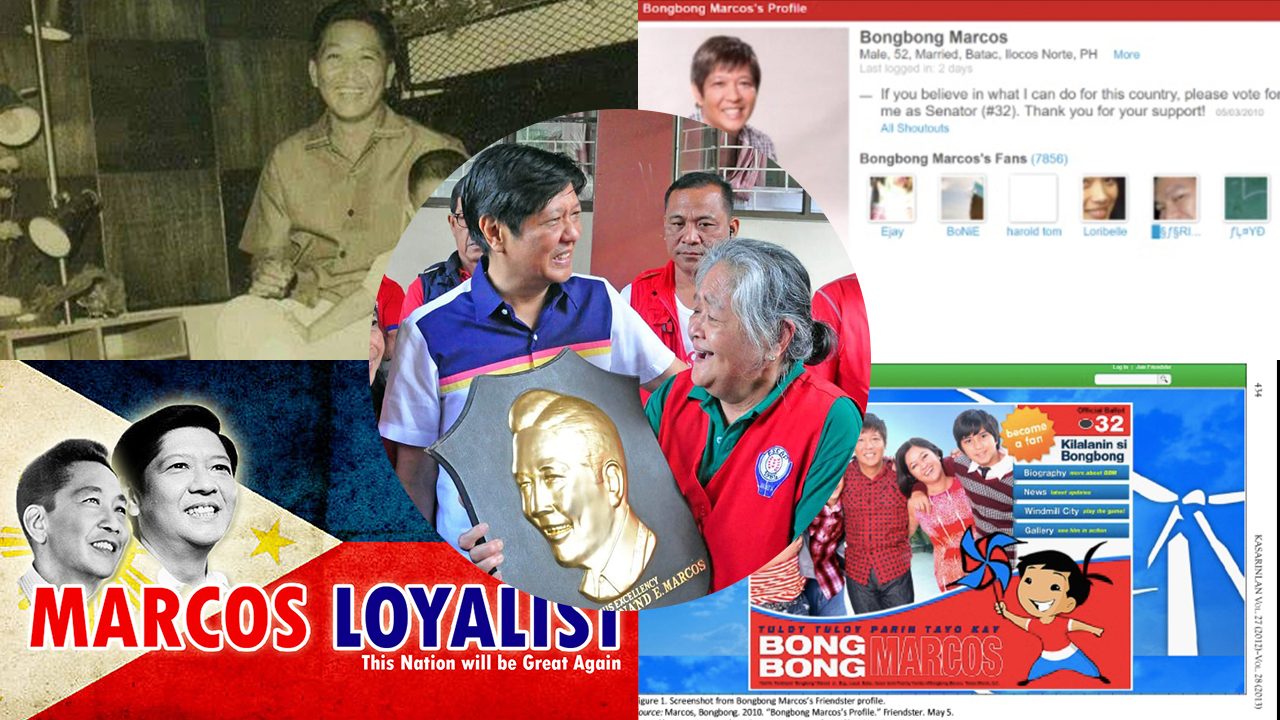
Last of 5 parts
In the 2016 presidential elections, the Solid North predictably acted like a motherless child.
Former vice president Jejomar Binay, being a son of Cagayan Valley, got Northeast Luzon including Kalinga, Apayao, and Abra.
Grace Poe, being the daughter of Fernando Poe Jr., got the rest of the pie, except for Ilocos Norte, which went for eventual winner Rodrigo Duterte.
The vice presidency, however, was another story.
Ferdinand “Bongbong” Marcos Jr. won big in all the provinces in Northern and Central Luzon. Leni Robredo beat him only in Tarlac, home turf of then President Benigno Simeon Aquino III, and by only 30,000 votes, and in Batanes where she got four times his votes.
In his home province of Ilocos Norte, Marcos got 96.8% of all VP votes.
In the Ilocos region, Marcos got 84.36% if the battle against Leni was one-on-one. In Cagayan Valley, Marcos’s 2016 votes represented 85% of their combined votes.
In the Cordillera, Marcos got “only” 79% of the votes if it were a two-way fight in 20016. His votes increased by 10% in 2022.
In the rest of the Solid North, his dominance was clear.
The 3Ns
Bongbong was not consistently dominant on entering national politics.
In 1995, four years after the family came home from exile in September 1991, he ran as senator and placed 17th.
He was more successful when he set his sights lower in 2010 and 2013, winning as governor and congressman of his home province Ilocos Norte.
Political consultant and senior lecturer Gerardo Eusebio was a panelist in a November 2013 forum organized by the Third World Studies Center at UP Diliman.
He had also worked with Marcos Jr.’s 2010 senatorial campaign. Marcos garnered 13 million votes in that race to land 7th. In that contest, Marcos ran under the Nacionalista Party, not his father’s Kilusang Bagong Lipunan (KBL), which had become a ragtag party since the dictator’s fall in 1986.
Eusebio recalled that Marcos Jr’s votes were “definitely concentrated in Region 1: Ilocos Norte, Ilocos Sur, Pangasinan, Abra area.”
“Metro Manila was not really, you know, a strong Bongbong area. So, doon kami sa Bulacan. We (got a) hint na marami raw loyalists doon sa Bulacan (there was quite a number of loyalists in Bulacan),” he added.
Eusebio said that Regions 7 and 8, the central and eastern Visayas regions, and some parts of Mindanao were also their strongholds. Bongbong’s mother, former first lady Imelda, hails from Leyte in Eastern Visayas.
Eusebio said most of their supporters were senior citizens, Kabataang Barangay leaders, and Marcos loyalists.
Eusebio admitted that Martial Law was the albatross on Bongbong’s neck.
Without that baggage, he said, the young Marcos could have placed fifth or higher.
What a sea change by 2022.
“Bagong Lipunan,” the marching theme of Martial Law, became the de facto campaign jingle of Marcos Jr.
But it wasn’t a single giant leap, not a quantum jump for the son.
It was a series of steps that made him win.
‘Campaign to exorcise’
In the 2013 forum, Eusebio scoffed at the claim that the 3Gs (guns, goons, and gold) gave Marcos, the father his electoral victories.
Today, to say that the son won because of the 4M formula (man, message, machinery, and money) is also simplistic.
It fails to understand the most important, decisive aspect of elections – the voters.
What fueled the Marcos Jr. strategy these last six years were the 3Ns (new media, nostalgia, and negationism).
Even in 2013, negationism or the “narrative of denial” was already being talked about in the historical revisionism of the Marcoses.
“And this is probably the issue right now,” Ferdinand Llanes, a history professor at UP Diliman said almost ten years ago, “that accordingly, the Marcoses are exerting every effort to sanitize what is supposed to be a negative image of the Marcoses and Martial Law.”
As early as 2008, Marcos’s team had been producing YouTube videos with strong the negationism slant.
One was entitled “Ferdinand Marcos Still-Working Projects”. It is no longer around but at that time had garnered 40,000 likes.
Another is the “Untold Story of Martial Law (https://www.youtube.com/watch?v=P6Imb00sqyY)” which is still around and has already garnered more than one million views.
Llanes said that the first video showed the supposed achievements of Marcos like the Bataan Nuclear Power Plant, and the North and South Expressways. Geothermal plants, San Juanico Bridge, and the Light Rail Transit, stressing that Marcos achieved more than other presidents.
The second one was more controversial because it tried to exculpate Marcos from the assassination of Benigno Aquino.
Llanes mentioned two other examples of negationism among YouTube videos that were forerunners of the prevailing videos now on the video platform and the newer Tiktok.
He said those early videos were part of the “campaign to exorcise” the negative aspects of the Marcoses like the ill-gotten wealth and the Ninoy assassination.
“But for the rest of the population, especially the youth, from those born in 1986 up to the present, hindi na kailangan kasi nasa textbooks,” Llanes said.
“At kapag natapos iyong bata na magbasa, sa pagko-compare ng presidente, considering what’s happening now, Bongbong Marcos could very well win.” Llanes said in 2013.
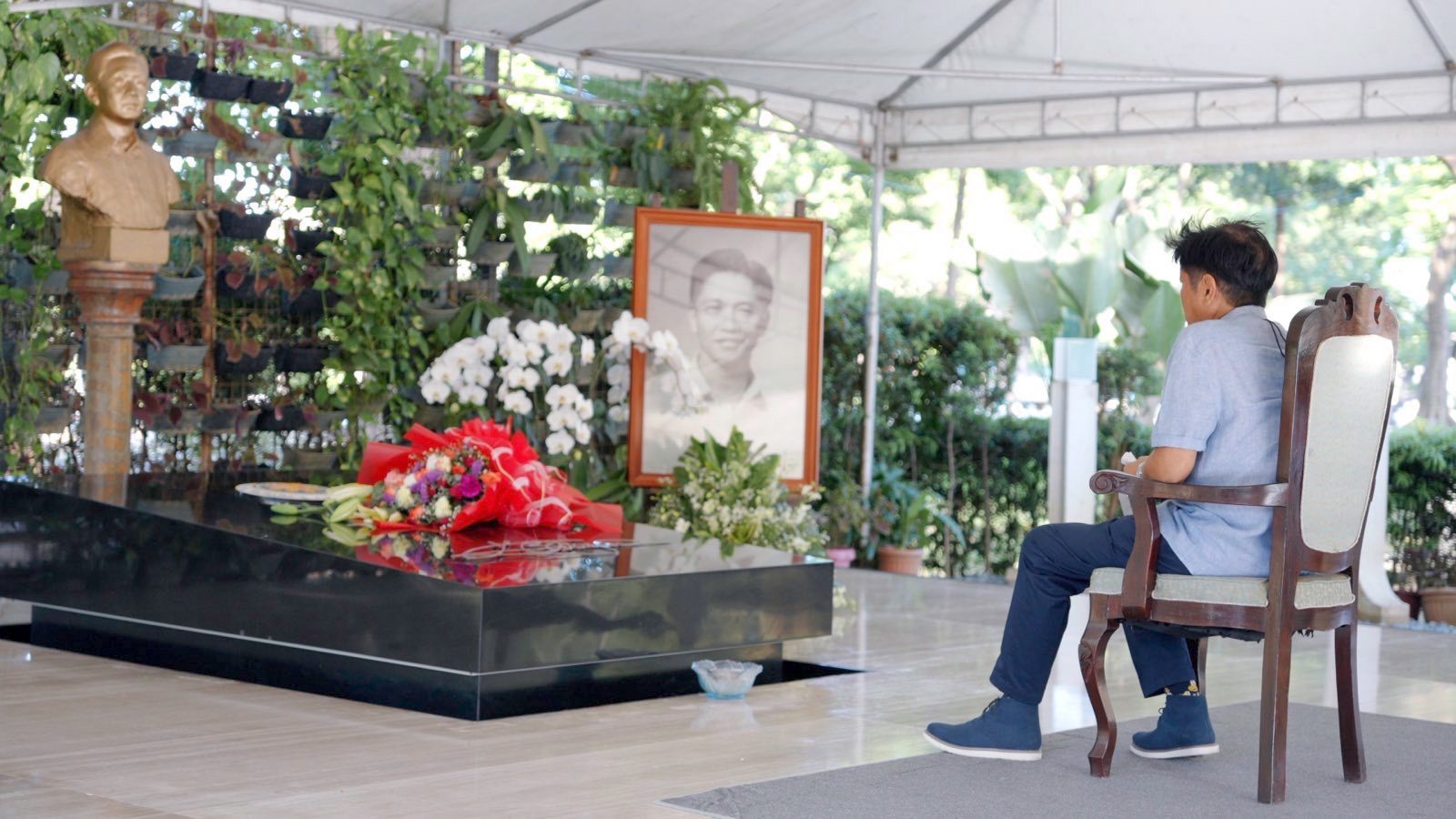
Not a dignified choice
Orville Tatcho, a 31-year-old assistant professor at the Department of Communication at the University of the Philippines Baguio, did a qualitative study of about 18 millennials and Zoomers in Baguio. Mostly teachers with some government and NGO workers, their ages ranged from 18 to 30.
Tatcho deliberately chose to have half as pro-BBM and the other against him. He wanted to know what informed their decisions.
He said that those who were pro-BBM were hesitant to admit it.
Tatcho said that in his interviews, it became apparent that social media and textbooks were indeed a big part of their choices.
“Of course, they don’t want to admit it outright but social media is a big factor,” he said.
“From what I observed of those declaring Marcos as their choice, it’s not a dignified choice. What I mean is, they’re really shy to admit that they’re pro-Marcos and they’re really shy to say that their source is social media,” Tatcho added.
He would ask for examples as the term social media was too broad.
“They don’t want to admit that it is TikTok or YouTube but they talk about Tallano gold, how the prestige of the Philippines will be restored, the golden era. So I know that they’re sort of disinformation victims as well,” he added.
Tatcho said that there are prompts that the nostalgia pre-set by the social media propaganda has affected his subjects.
He said that he didn’t delve much on Martial Law – “but phrases like ‘according to my grandparents…’, and ‘People were disciplined before-’ there’s this rhetoric or narrative of discipline during that time. I remember one participant making a parallel between Duterte and Marcos [regime]. Sort of how Duterte set the stage for the possible return of authoritarianism, and at the same time there’s a narrative of how the Igorot prefer disciplined and orderly society… so he has this claim which sort of implies why it’s better with Marcos.”
Kurt Zeus Lequit Dizon, a faculty member of the political science department at Saint Louis University also in Baguio, said that he also sensed this among his students.
“They said that Bongbong is firm like his father, that’s why he is the best among the candidates. But when I asked them to elaborate, they were dismissive,” he said.
Dizon said that he also probed TikTok and YouTube to look into how his students’ opinions were made.
He said that no Ilocanos were speaking the language among the viral videos and said that his students followed so-called influencers who already distilled the messages for them.
“It’s expected that they go for publicity and humor instead of policies among candidates,” he said.
Dizon said that among his relatives in Pangasinan, a big qualification is kailian which means townmate in Ilocano but more related to the generalized “kabayan” among the Tagalogs or “our own.”
He said that this choice by ethnicity could be dangerous because it creates the concept that good politics is feudal.
“It meant that your tribe is superior to others which creates a sort of xenophobia,” he said.
“It’s like because you’re from the Solid North, you despise the Bicolanos because they’re supposed to support Leni Robredo,” Dizon said.
When you get your political ideas from social media instead of reading history books, this is often what happens, he said.
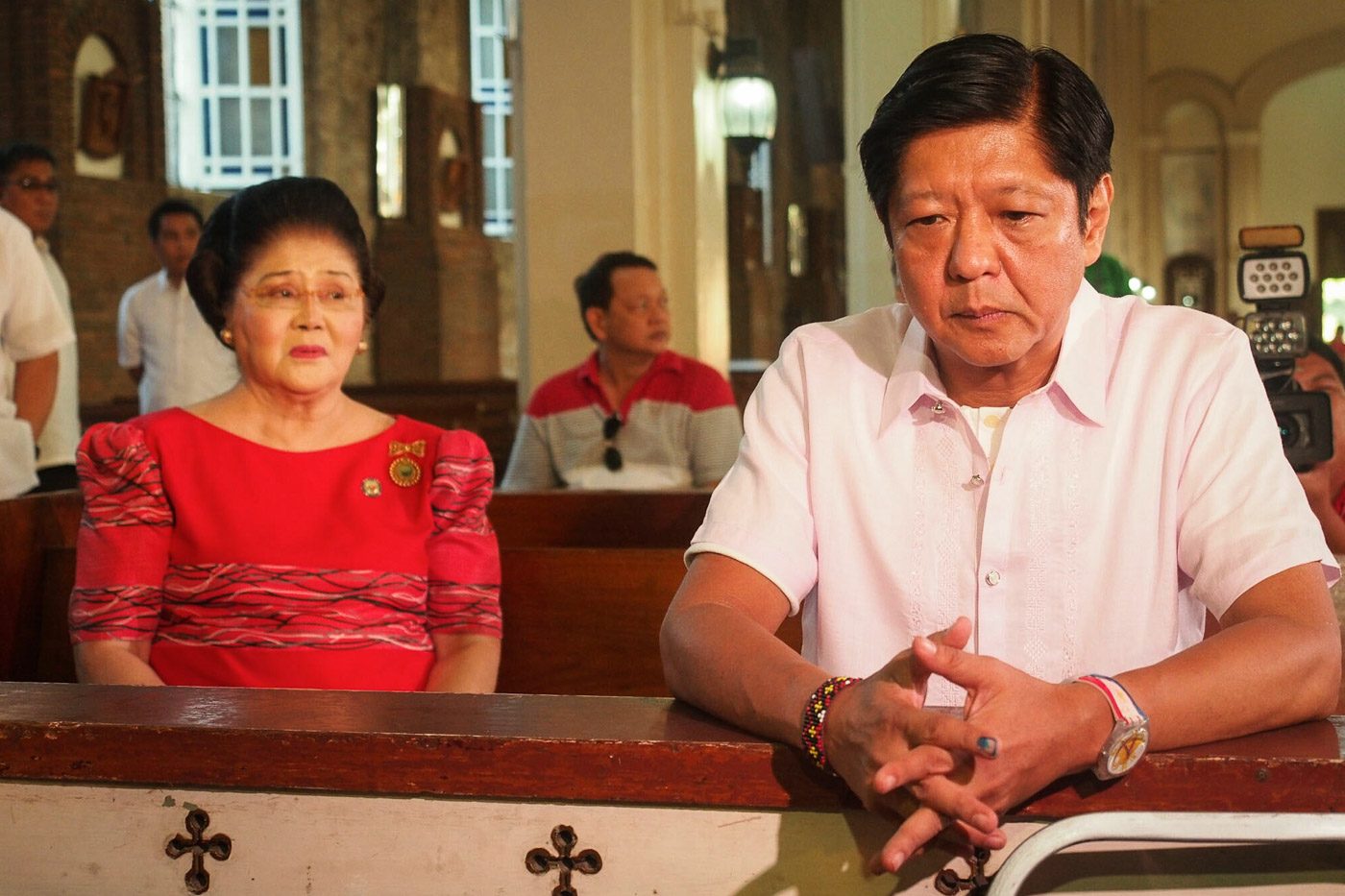
Nostalgia and amnesia
When negationism hits its message, historical amnesia follows.
Tatcho said that the answers, especially among the pro-Marcos subjects, confounded him.
“Given that they were high school teachers. I’m imagining what they were teaching during class. There’s even someone taking a Master’s [class] at BSU, so they do have advanced education,” he said.
When confronted about human rights, Tatcho said that they would answer back: “We only hear your version [of the story], what about the other version?” or “You always talk about Manila, what about Ilocos?” So they look for alternative history”
He said that one NGO worker from Mountain Province told him that “it’s possible that there was a mass media shutdown which is why news about human rights abuses didn’t reach them. Of course, I need to verify this but she has a hunch on news media blackouts on these issues.”
He said that it was peaceful in their communities so they said that they were not bothered about the disturbing events in the news.
“Of course, others would say that they’ve read about it but mostly from social media. Others also say that textbooks are extremely one-sided. They framed their arguments as if they were being objective by looking at different sources because all textbooks are anti-Marcos. All presidents have their own faults, according to them. So there’s this false equivalence,” Tatcho said.
To cast doubt on history, Bongbong, just like his father, decided to recast history according to his narrative.
In the Bongbong Marcos Biography, he tried to focus on his post-EDSA achievements, mostly his being a governor and congressman in Ilocos Norte. For someone heavily banking on the achievements of his father rubbing on to him, that is a tall order.
Before it was corrected, he faked his educational attainments and also did not mention that he lost in his senatorial bid in 1995 to make it look like he never lost an election, including his vice presidential bid in 2016.
Even before Facebook, Bongbong already had a Friendster profile since March 2004 for his senatorial bid.
He had a link to an Internet game called “Windmill City” to make it appear that the Bangui Windmill Farm was his idea all along.
Among the earliest Facebook groups set up by Bongbong’s team, however, was the Marcos Loyalist, which started in 2013. From only 10,000 at the start of 2014, it has now grown to 216,000 members.
Because it has since become a public group and anyone can post, it has become a belligerent and a noisy echo chamber.
But at the start, Marcos Loyalist, like most Marcos FB groups then, was into Martial Law.
In one forum, I identified the posts on that page in its first two years: 25 photos of Ferdinand Edralin Marcos, 14 of Imelda, 15 photos of the Marcos couple, 12 photos of the Marcos family, ten photos of the young Bongbong, six of the 50-year-old Bongbong, five photos of the father and son, three of the mother and son and 25 photos of the achievements of New Society.
At first, the members of the page were Ilocanos from the Solid North. Because now they have a roll-call, most are still from the region but many were also OFWs and some were from Mindanao.
So it comes as no surprise that, eight years later, when Tatcho asked his subjects about Marcos the father, he said that they were all praises.
“It came to the point where there’s this one participant who I asked, “Why is BBM so popular right now? Where does the appeal come from?” He said, “From his father.”
“So without his father, BBM can’t stand on his own?” The participant said “No.”
So they know, they recognize.” – Rappler.com
Read the series here:
- Solid North ‘bus’ zooms on as political juggernaut
- Blood and money, not gold and honey, birthed Solid North
- Ilocano diaspora created Solid North, Fluid North
- Solid North rebounds years after Marcos’ exile, death
This series was made possible by Internews.
Add a comment
How does this make you feel?
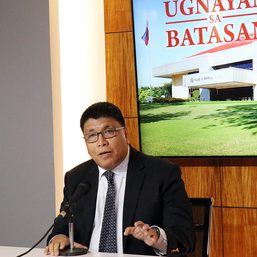
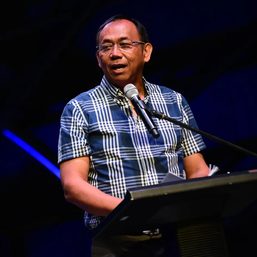
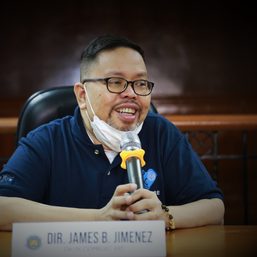
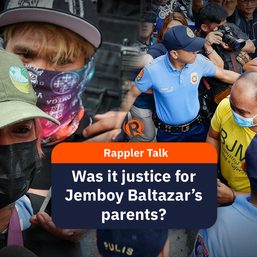
![[New School] Tama na kayo](https://www.rappler.com/tachyon/2024/02/new-school-tama-na-kayo-feb-6-2024.jpg?resize=257%2C257&crop=290px%2C0px%2C720px%2C720px)
![[DECODED] The Philippines and Brazil have a lot in common. Online toxicity is one.](https://www.rappler.com/tachyon/2024/07/misogyny-tech-carousel-revised-decoded-july-2024.jpg?resize=257%2C257&crop_strategy=attention)



![[Rappler’s Best] US does propaganda? Of course.](https://www.rappler.com/tachyon/2024/06/US-does-propaganda-Of-course-june-17-2024.jpg?resize=257%2C257&crop=236px%2C0px%2C720px%2C720px)





![[OPINYON] Tungkol sa naging viral na social media conjecture](https://www.rappler.com/tachyon/2024/07/thought-leaders-conjecture-07262024.jpg?resize=257%2C257&crop_strategy=attention)



There are no comments yet. Add your comment to start the conversation.